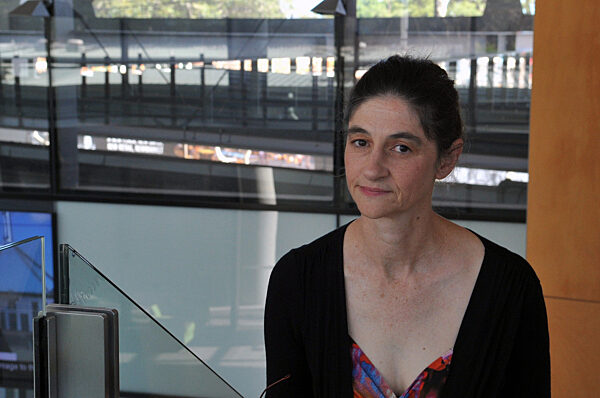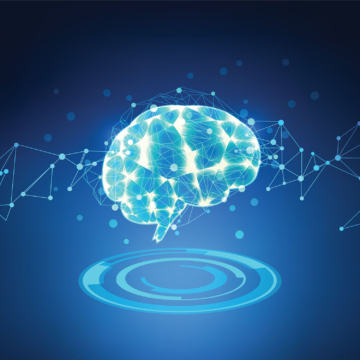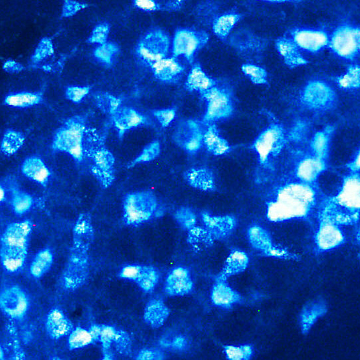Research Project

Caroline Rae
Current Appointments
Conjoint Senior Principal Scientist, NeuRAKey Research Areas
Prof Caroline Rae is a biochemist with a background in magnetic resonance and interdisciplinary brain research. She graduated with a PhD in biochemistry and NMR from The University of Sydney in 1993 and spent four years in Oxford, UK, as a Nuffield Medical Fellow where she pioneered the use of magnetic resonance spectroscopy as a tool in cognitive brain research. In 2005 she was appointed to UNSW as a New South Global Professor, one of only a handful of NHMRC R Douglas Wright Fellows subsequently appointed to chairs. She is currently director of the UNSW Node of the National Imaging Facility and holds a cross-disciplinary (STEM) appointment in medical data visualisation as a Director of the UNSW Expanded Perception and Interaction Centre (EPICentre).
Publications
2024 Mar
Human lower leg muscles grow asynchronously
View full journal-article on https://doi.org/10.1111/joa.13967
2024, 06 Jan
Brain energy metabolism: A roadmap for future research
View full journal-article on https://doi.org/10.1111/jnc.16032
2023 Jun
Repeatability of brain phase-based magnetic resonance electric properties tomography methods and effect of compressed SENSE and RF shimming
View full journal-article on https://doi.org/10.1007/s13246-023-01248-1
2023 Jun
Three-dimensional skeletal muscle architecture in the lower legs of living human infants
View full journal-article on http://dx.doi.org/10.1016/j.jbiomech.2023.111661
2023 May
The Art, Science, and Secrets of Scanning Young Children
View full journal-article on http://dx.doi.org/10.1016/j.biopsych.2022.09.025
2023, 06 Apr
AMP‐activated protein kinase activators have compound and concentration‐specific effects on brain metabolism
View full journal-article on https://doi.org/10.1111/jnc.15815
2023 Mar
A comprehensive guide to mega-press for GABA measurement
View full journal-article on http://dx.doi.org/10.1016/j.ab.2023.115113
2023 Feb
Details matter in quality science. Adopting a checklist for magnetic resonance spectroscopy can help you get them right
View full journal-article on https://doi.org/10.1111/jnc.15725
2022, 29 Nov
Elevation of cell-associated HIV-1 transcripts in CSF CD4+ T cells, despite effective antiretroviral therapy, is linked to brain injury
View full journal-article on https://doi.org/10.1073/pnas.2210584119
2022, 27 Aug
Impact of Inhibition of Glutamine and Alanine Transport on Cerebellar Glial and Neuronal Metabolism
View full journal-article on https://doi.org/10.3390/biom12091189







